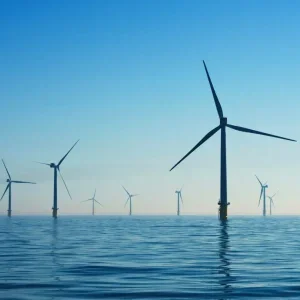In addition to calling for the removal of the dam, the agreement will define the roles of the BIA and the MPID in planning and constructing an electrically-powered pump plant which will supply the irrigation water currently provided by the dam. It also provides US$2.475M to the district for mitigation related to the impact of dam removal.
Chiloquin dam was built by the US Indian Service between 1914 and 1918 to establish an irrigation project for the Klamath Tribe. As a result of Congress terminating the Tribe’s status in 1954, ownership of the dam was transferred in 1973 to the MPID, a non-federal entity chartered under the laws of the State of Oregon. The dam provides MPID with its primary source of irrigation water. Congress later restored federal recognition to the Klamath Tribe.
In 1988, the US Fish and Wildlife Service (USFWS) determined that both the Shortnose and Lost River Suckers fish were endangered species. It concluded that Chiloquin dam was a major factor in limiting the species recovery and contributing to their decline. Severe droughts in Oregon and California in 2001 also resulted in significant conflicts between local water users and the Department with respect to its obligation to protect fish species listed pursuant to the Endangered Species Act in the Klamath River Basin.
In March, 2002, President Bush created the Klamath River Basin Federal Working Group consisting of the Secretaries of Interior, Agriculture, and Commerce and the Chairman of the Council on Environmental Quality to advise the President on long-term solutions to enhance water quality and quantity, and to address other complex issues in the Klamath River Basin.
After various studies including an Environmental Assessment, the Interior Department selected dam removal as the preferred alternative because it provided the highest certainty of improving passage above the dam into spawning habitats in the Sprague River.
After negotiations, MPID and the Department agreed that the best solution would be for Interior to remove Chiloquin dam and construct the electric pump plant.






